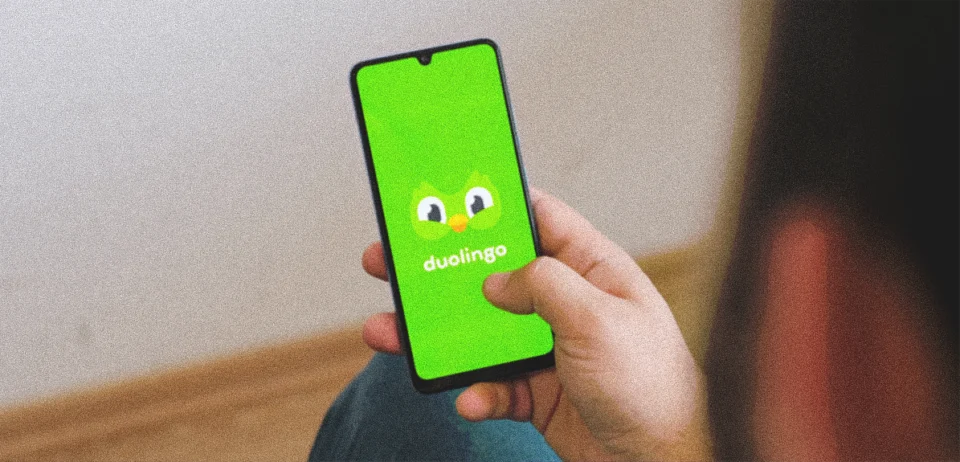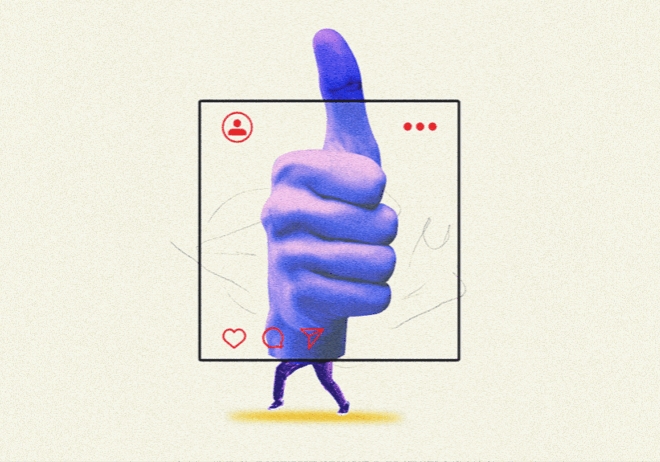
Unhinged Marketing: Chaos, Charm, and the Art of Getting Noticed
A square-faced green owl spamming your phone with passive-aggressive, slightly terrifying notifications? Love it or hate it, Duolingo’s mascot definitely has your attention. Welcome to the chaotic world of unhinged marketing.
So, what is unhinged marketing? It’s the new-gen strategy that morphs brands into hyper-relatable, oversharing internet personalities, cracking jokes, throwing shade, or issuing hilariously bold calls to action. Think of it as the brand like a Gen Z college student or that TikTok influencer who dares to call you out—because why not?
But is this “LOL, we’re just like you” vibe really groundbreaking? Not exactly. It’s more of a glow-up from earlier millennial-focused marketing. Remember Wendy’s savage Twitter roasts or Old Spice’s “Look at me, now back at your man” antics? Yeah, they walked so today’s brands on social could run—often straight into your DMs.
The real question is: how far can this wild ride go? Does acting like a sassy best friend translate into sales, or is it just a good laugh? Let’s dive headfirst into this wacky trend and find out if unhinged marketing works—or if it’s just another quest in social media marketing.
How to get rid of bland, two-piece suit corporate culture
The rise of unhinged marketing didn’t just pop up overnight—it’s the rebellious offspring of a collective ugh toward stiff, buttoned-up traditional marketing vibes. The formal emails, overly polished ads, and textbook-perfect “brand voices” that screamed, “We’re serious business,” do get the collective eye roll from a generation raised on memes and savage comebacks.
Gen Z and millennials are not here to stand still and wait for your ads to be over — they will scroll past you if they do not find you interesting or wacky enough to engage. If it’s boring, it’s out.
Why? Because the Internet doesn’t forgive, forget, or, most importantly, wait. One dull post, one cringey ad, and you’re ghosted from everyone’s algorithm. In the age of scrolling or being scrolled past, brands realized they couldn’t just talk at their target audience; they had to resonate with them.
So, unhinged content was born—a loud, chaotic, meme-filled rebellion against the old corporate way. And let’s be real: it’s hard not to love a marketing strategy that trades bland brochures for roasting its competitors, dancing to summer or brat tunes, and sharing unconventional demure-mindful memes.
Brands that have successfully nailed the unhinged marketing in their personality
Every brand wants to go viral, but these brands have turned unhinged marketing into a personality, proving that a mix of humor, unpredictability, and boldness can translate into massive success. Whether teaching languages, selling cereal, or flipping burgers, they’ve set a new standard for how brands can connect with their audience wildly entertainingly.
The owl that owns the Internet
Duolingo’s green owl, Duo, doesn’t just teach languages; it’s a full-fledged meme lord. From dropping passive-aggressive notifications to hijacking trending memes, Duo is the ultimate unhinged mascot.
Whether it’s vibing on TikTok or playfully “threatening” to haunt you for skipping lessons, Duolingo has mastered the art of blending humor with engagement. The result?

A skyrocketing user base and social media presence keep the brand perpetually in the spotlight.
Surreal is the LinkedIn rebel
Surreal, a quirky cereal brand, has brought unhinged marketing to LinkedIn of all places—turning the corporate hub into their playground. With sarcastic, irreverent posts, Surreal pokes fun at the very seriousness LinkedIn thrives on. The unexpected contrast works like magic, garnering over 120K followers and making them a standout in the world of buttoned-up business chatter.
Wendy’s, the OG of unhinged clapback
Before unhinged marketing was a trend, Wendy’s was already roasting its way into our hearts and feeds. Known for its legendary Twitter shade, the fast-food chain doesn’t shy away from playful jabs at competitors like McDonald’s and Dunkin’. But Wendy’s doesn’t just talk big online; it backs it up with field marketing and campaigns that appeal across generations. From Super Bowl digs to quirky product launches, Wendy’s proves that unhinged marketing isn’t just about being witty—it’s about staying unforgettable.
The unchecked side effects of unhinged marketing could be severe if advertisers do not avoid the early signs
Unhinged marketing thrives on breaking conventions and grabbing attention, but it sometimes risks breaking the audience’s patience. Take my experience with Duolingo as a case study. When I signed up to learn German, Duo’s passive-aggressive reminders went from quirky to downright annoying. The notifications started to feel less like encouragement and more like digital nagging. My response? I silenced them entirely by shutting their notification.
This highlights a crucial pitfall: overdoing it erases the charm. What starts as fun and engaging can quickly irritate, especially when brands push too hard. Unhinged marketing walks a fine line between being entertaining and becoming intrusive.
Unhinged marketing aims to spark conversations and gain visibility, but how much translates into actual sales? Take Surreal as an example. Their offbeat LinkedIn posts are undeniably entertaining, but their impact on physical cereal sales, especially outside the UK, remains to be seen. The brand’s viral fame might only sometimes align with its geographical market, raising questions about whether the buzz is converting into business.
There’s also a psychological cost to manipulative notifications and overly persistent tactics. They can backfire, leading to consumer fatigue or outright rejection. When a brand’s marketing feels like a relentless pursuit, it risks alienating the very audience it seeks to attract.
Unhinged marketing is a fascinating strategy, but it’s not without its caveats. Brands must balance their audacity with a dose of self-awareness and avoid crossing the line from clever to chaotic.
Cut to the chase
Unhinged marketing has gained popularity in startup culture as well as among brands and marketers. It is engaging and entertaining for Gen Z and the newer generations, bringing impressive growth in brand subscribers and followers. Meanwhile, the question still stands—how long can it survive?


